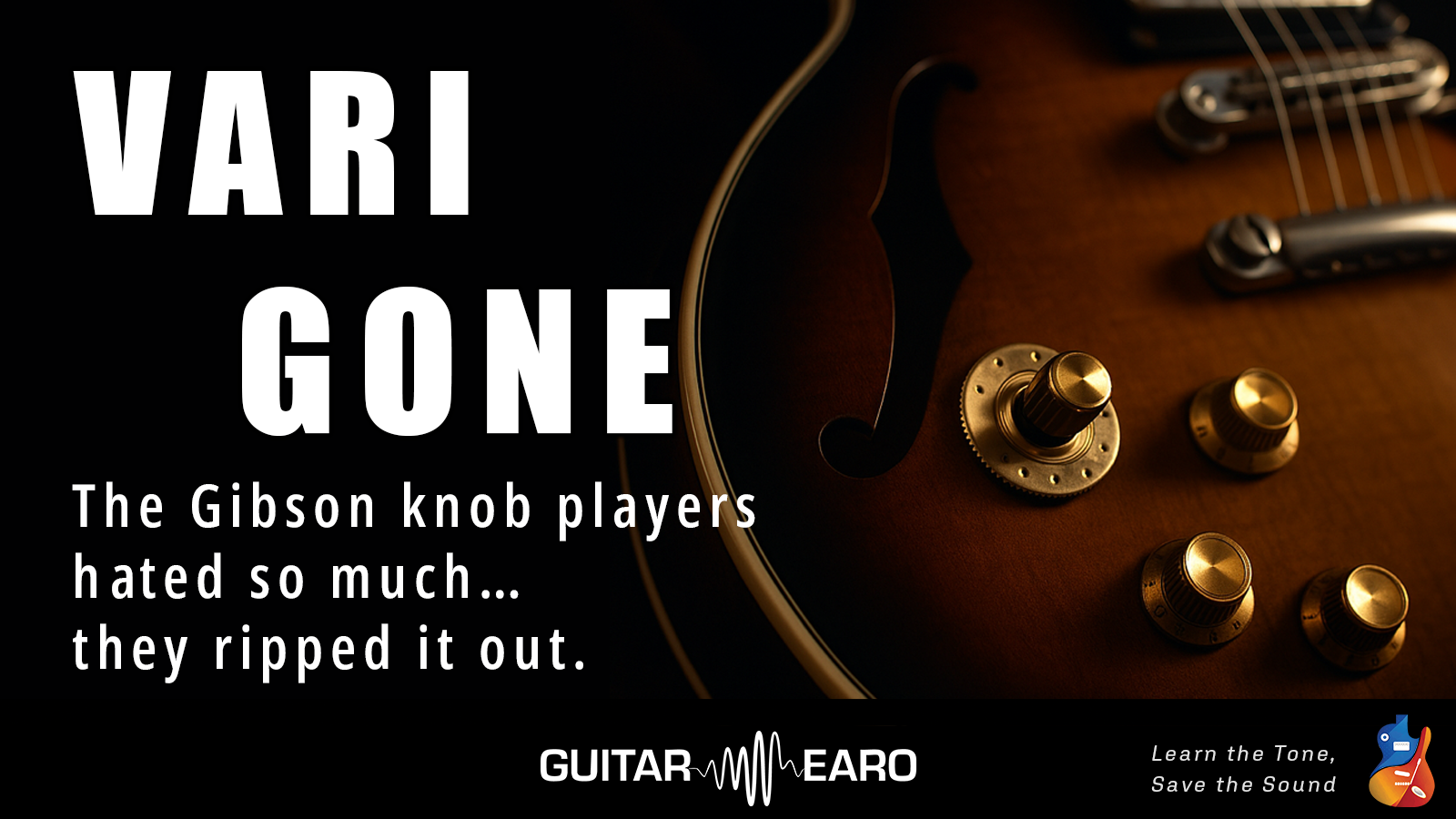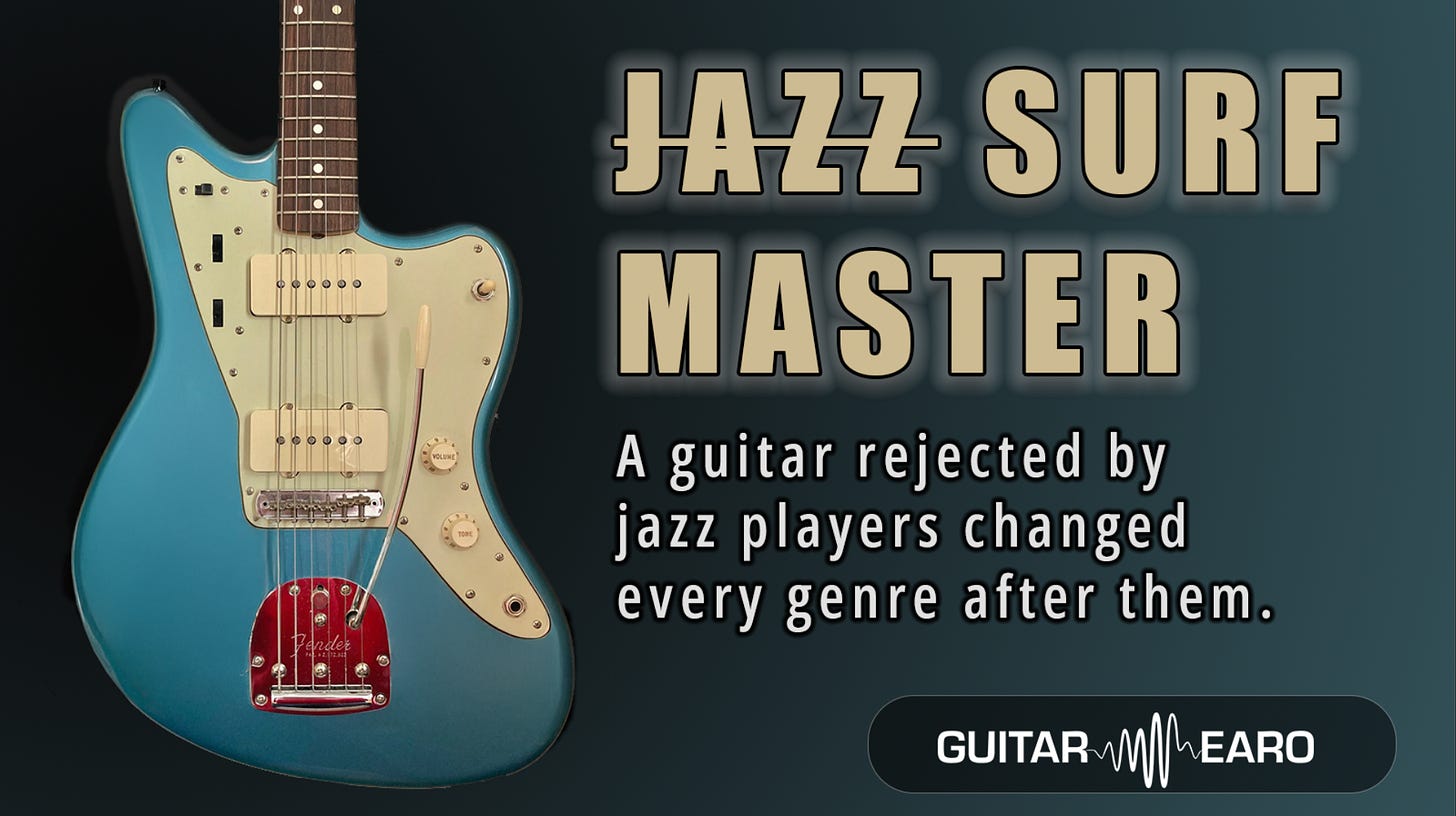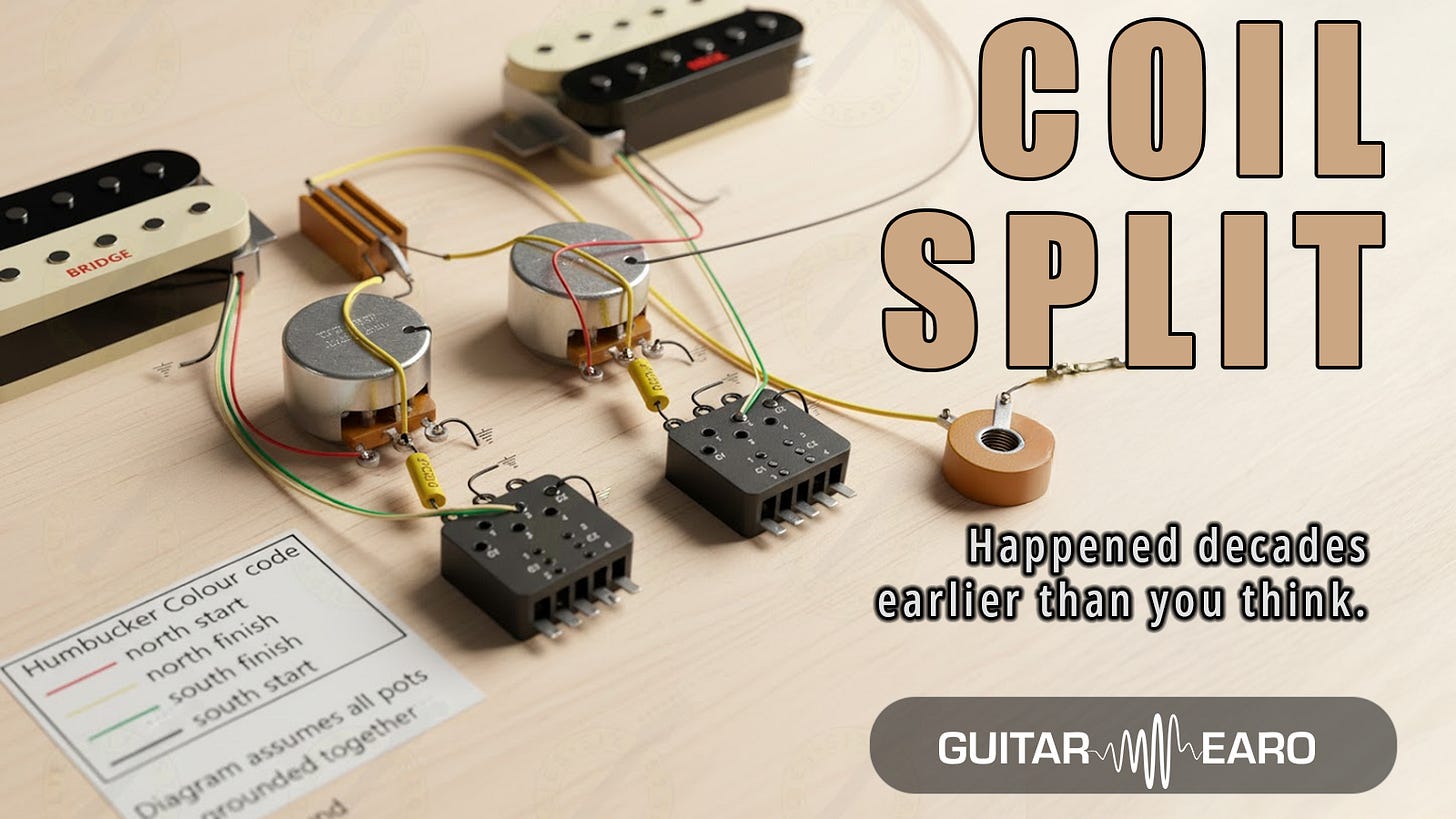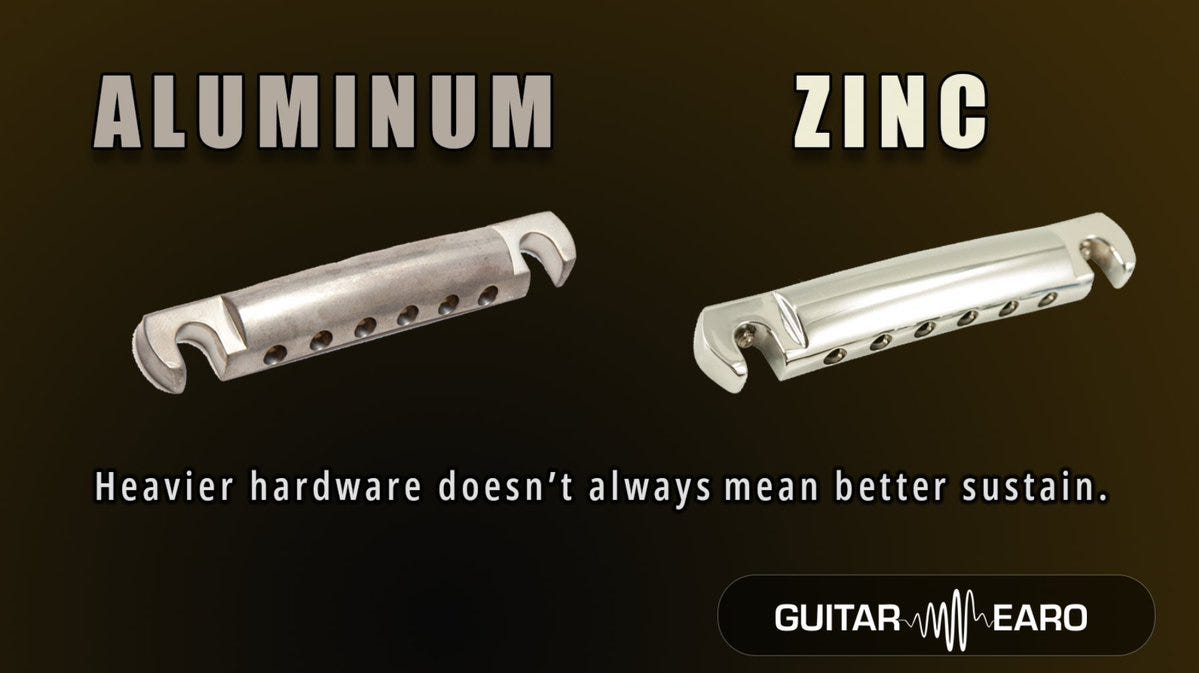Gibson’s Big Idea
By the late 1950s, Gibson had a reputation for refinement and technical sophistication. They had already introduced the humbucker in 1957, a genuine breakthrough that became one of the most influential inventions in guitar history. Two years later, they doubled down with another piece of electronic innovation: the Varitone.
The Varitone was a five-position rotary switch connected to a network of capacitors and an inductor (choke coil). Each position introduced a notch filter, scooping out a different frequency band. The goal was to offer instant EQ changes without external pedals or amp adjustments.
On paper, it was brilliant. Why settle for one core sound when you could have five extra flavours at the flip of a switch?
How It Actually Worked
Position 1: bypass, pure <a href="high-vs-low-the-eternal-pickup-output.html">pickups</a>, no extra circuitry.
Positions 2–5: progressively more radical tonal shifts.
Position 2 gave a honky, slightly nasal mid-scoop.
Position 3 went thinner still, almost like a cocked-wah.
Positions 4–5 muted lows and highs, producing a muffled, jazzy roll-off.
Think of it as Gibson’s answer to “preset EQs” before pedals and multi-effects units became common.
B.B. King and Lucille
Not everyone hated it. The most famous Varitone evangelist was B.B. King. His ES-345 “Lucille” became inseparable from his Varitone setting. In fact, he almost always kept it locked in position 2, that biting, wiry honk that cut through his backing band.
That tone became part of his voice. Listen to live recordings from the 1960s and 70s and you’ll hear how the Varitone’s filtered midrange gave King’s licks room to sing without clashing with horns or keys. For him, it was indispensable.
The Backlash
But for every B.B. King, there were countless ES-345 owners who felt differently.
The complaint was simple: the Varitone robbed the guitar of volume and warmth.
Because the circuit placed resistors, capacitors, and a choke coil in the signal path, the pure pickup-to-amp connection was no longer intact. The result was often perceived as thinner, less immediate, and less powerful.
Many players responded by bypassing or removing the Varitone entirely, rewiring their guitars to ES-335 specs for a more direct, classic Gibson tone.
Ahead of Its Time?
In hindsight, Gibson may have been too early.
Today, guitarists embrace EQ pedals, modelers, and digital tone-shaping tools without a second thought. But in 1959, players prized the purity of their signal path. Adding filters inside the guitar itself felt intrusive, as if Gibson was second-guessing what musicians actually wanted.
It’s telling that while the humbucker became a universal success, the Varitone remained polarising, niche, and controversial.
Purity vs. Possibility
The Varitone debate is really the eternal guitar question:
Do you want more tonal options at the risk of dilution?
Or do you want the raw, unfiltered voice of your <a href="high-vs-low-the-eternal-pickup-output.html">pickups</a> straight into the amp?
Some players see extra circuitry as an opportunity. Others see it as tone death by a thousand capacitors.
Legacy
Despite the controversy, the Varitone has never fully disappeared. It still appears on reissues, custom models, and boutique builds. And for those who love its quirks, especially the Lucille devotees, it remains a unique voice no pedal can quite duplicate.
But its mixed reputation is also a reminder: not every technical innovation wins the hearts of players. Sometimes “less” really does sound like “more.”
Final Thought
The Varitone is a perfect symbol of the push and pull in guitar culture.
Builders innovate. Players resist.
And sometimes, decades later, we circle back and wonder if maybe that strange knob wasn’t so crazy after all.




